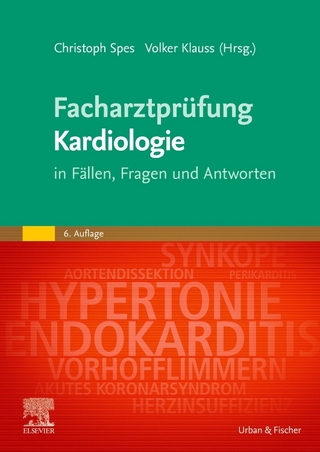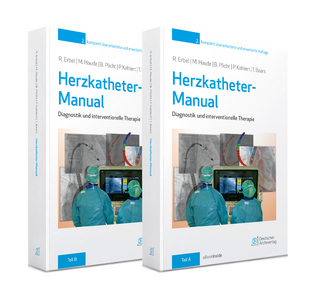
The Evaluation of New Antiarrhythmic Drugs
Kluwer Academic Publishers (Verlag)
978-90-247-2474-1 (ISBN)
- Titel z.Zt. nicht lieferbar
- Versandkostenfrei innerhalb Deutschlands
- Auch auf Rechnung
- Verfügbarkeit in der Filiale vor Ort prüfen
- Artikel merken
How to evaluate a new antiarrhythmic drug: The challenge of sudden cardiac death.- How to evaluate a new antiarrhythmic drug: The challenge of sudden cardiac death.- Pre-Clinical Evaluation of a New Antiarrhythmic Agent.- Relationships between effects on cardiac electrophysiology and antiarrhythmic efficacy.- What animal models should be used to define antiarrhythmic efficacy: acute dog models?.- Description of chronic canine myocardial infaction models suitable for the electropharmacologic evaluation of new antiarrhythmic drugs.- Non-canine animal models for evaluating antiarrhythmic efficacy General Group Discussion: Animal Models.- Defining the pharmacodynamics and pharmacokinetics of new antiarrhythmic drugs General Group Discussion: Pharmacology.- Chronic Studies in Patients with Non-Hemodynamically Significant Ventricular Arrhythmics.- How should Holter monitoring analysis be performed?.- Long-term ambulatory electrocardiographic recording in the determination of efficacy of new antiarrhythmic agents.- Evaluation of antiarrhythmic drugs. Should the Lown classification be used as a measure of efficacy?.- General Group Discussion: Holter Monitoring.- Study Designs: Chronic Patients.- New means of evaluating antiarrhythmic drugs.- Parallel or crossover designs in evaluation of antiarrhythmic therapy.- General Group Discussion: Study Designs: Chronic Patients.- Acute Studies in Patients with Hemodynamically Significant Significant Ventricular Arrhythmias.- Acute drug testing as a part of a systematic approach to antiarrhythmic drug therapy.- What is the role of electrophysiology in drug testing? General Group Discussion: Electrophysiology.- What should the study design be to test new antiarrhythmic drugs in patients with acute myocardial infarction, digitalis toxicityand other acute problems General Group Discussion: Study Designs in Acute Patients.- Special Considerations.- What baseline electrophysiologic data should be obtained (plus discussion).- Assessment of the hemodynamic and inotropic effects of antiarrhythmic drugs (plus discussion).- Evaluation of drug treatment in supraventricular arrhythmias (plus discussion).- How should long-term safety of a new antiarrhythmic drug be defined (plus discussion).- How should one manage emergency drug requests and their data (puls discussion).- How does one evaluate and use outside U.S.A. data in the new drug application (plus discussion).
| Reihe/Serie | Developments in Cardiovascular Medicine ; 11 |
|---|---|
| Zusatzinfo | 340 p. |
| Verlagsort | Dordrecht |
| Sprache | englisch |
| Themenwelt | Medizinische Fachgebiete ► Innere Medizin ► Kardiologie / Angiologie |
| Studium ► 1. Studienabschnitt (Vorklinik) ► Physiologie | |
| ISBN-10 | 90-247-2474-0 / 9024724740 |
| ISBN-13 | 978-90-247-2474-1 / 9789024724741 |
| Zustand | Neuware |
| Haben Sie eine Frage zum Produkt? |
aus dem Bereich


